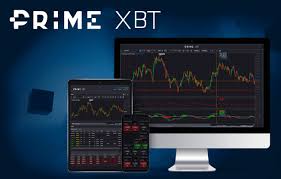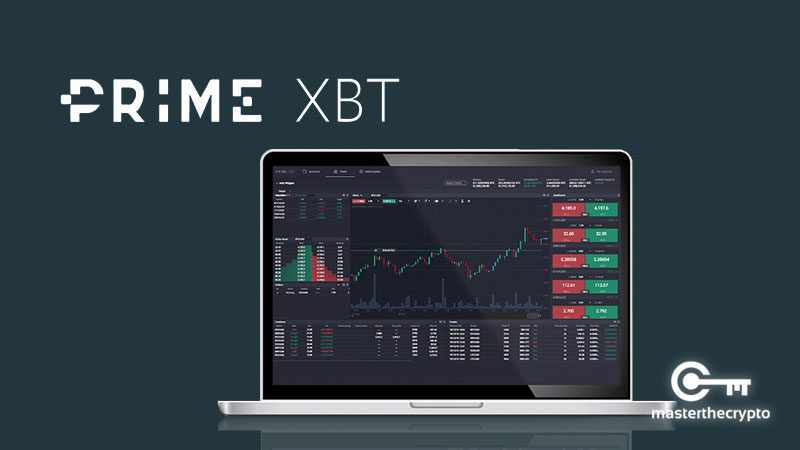No products in the cart.
LegalRoids
Mastering the Art of Changing a Stop Loss Order for Better Trading Success

Mastering the Art of Changing a Stop Loss Order for Better Trading Success
In the world of trading, managing risk is just as important as making profits. One of the most effective tools for risk management is the stop loss order. This article will explore the nuances of changing a stop loss order, providing you with insights and strategies to maximize your potential gains while minimizing losses in your trade. Stay tuned as we also look at how changing a stop loss order after it’s placed on primexbt trading bonuses PrimeXBT can enhance your trading experience.
What is a Stop Loss Order?
A stop loss order is a predetermined price level at which a trader will exit a position to prevent further losses. It is a critical tool used by traders to limit their exposure to adverse price movements. By automatically closing a position once the asset reaches a specified price, traders can prevent emotional decision-making during volatile market conditions.
Why Change a Stop Loss Order?
Changing a stop loss order is a common practice among traders. There are several reasons why you might consider adjusting your stop loss level:
- Market Conditions: Changes in market volatility can warrant a reevaluation of your stop loss levels. If the market becomes more volatile, you might want to widen your stop loss to avoid being stopped out of a position too early.
- Profit-Locking: As your trade moves in your favor, you may want to adjust your stop loss to lock in profits. This is often referred to as a “trailing stop” where the stop loss moves up with the market price.
- Technical Analysis: New price patterns and technical indicators may emerge that suggest a more favorable stop loss position.
How to Change a Stop Loss Order
Altering your stop loss order is a straightforward process, but it’s essential to do so thoughtfully and strategically. Here’s how to change a stop loss order in a few simple steps:
- Access Your Trading Platform: Log into your trading account and navigate to your open positions.
- Select the Position: Identify the trade for which you want to change the stop loss order.
- Edit the Stop Loss: Look for the option to edit your stop loss. Depending on the platform, this may involve clicking an “Edit” button or entering a new stop loss price directly.
- Confirm the Changes: Review your new stop loss level carefully and confirm the changes. Make sure it aligns with your trading strategy and risk management approach.

Best Practices for Changing Stop Loss Orders
While changing a stop loss order can be beneficial, there are best practices to consider to ensure effective risk management:
- Be Mindful of Volatility: If the asset is highly volatile, consider widening your stop loss to avoid premature exits.
- Use Technical Indicators: Incorporate technical analysis to determine appropriate stop loss levels, such as support and resistance levels.
- Avoid Emotional Decisions: Stick to your trading plan and avoid changing stop losses based on fear or greed.
- Monitor Regularly: Keep an eye on market conditions and adjust your stop loss as necessary based on changes in price trends.
Common Mistakes When Changing Stop Loss Orders
In the heat of trading, it’s easy to make mistakes. Here are some common pitfalls to avoid when changing your stop loss order:
- Chasing the Market: Frequently changing your stop loss to chase price movements can lead to overtrading and unnecessary losses.
- Inconsistency: Changing stop loss levels randomly can disrupt your trading plan and lead to confusion.
- Ignoring Your Strategy: Always refer back to your original trading plan when making adjustments to your stop losses. Abandoning your strategy can lead to significant losses.
Using Trailing Stop Loss Orders
A trailing stop loss is a specific type of stop loss order that automatically adjusts itself as the market price fluctuates. This feature allows traders to lock in profits while giving their trades room to grow. Here’s how trailing stop losses can benefit your trading strategy:
- Flexibility: Trailing stops automatically follow the market price, enabling traders to capitalize on upward price movements while reducing potential losses.
- Simplicity: Automating the adjustment of stop losses reduces the need for constant monitoring of the market and manual adjustments.
- Risk Management: By using a trailing stop, you can protect your profits while still allowing for market fluctuations.
Conclusion
In conclusion, understanding how to effectively change a stop loss order is vital for every trader. Proper adjustment of your stop loss can mean the difference between a satisfactory trading experience and significant financial loss. Remember to consider market conditions, strictly adhere to your trading strategy, and leverage tools like trailing stop losses for enhanced risk management. Tracking your performance and learning from past trades can foster your growth and success as a trader, ensuring your journey is fruitful.
